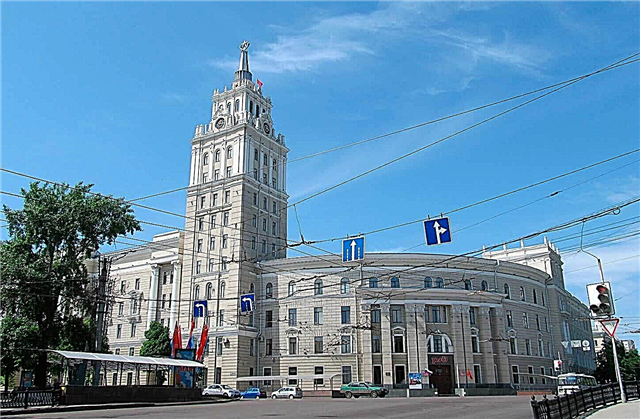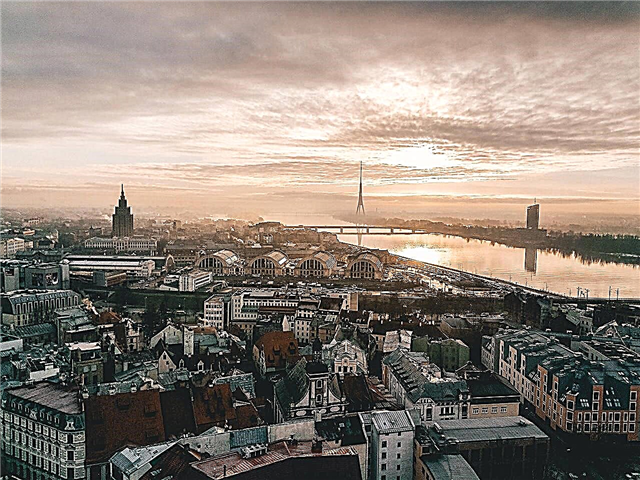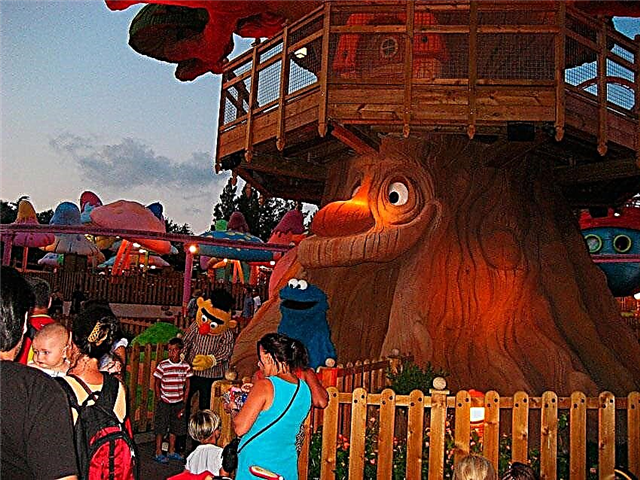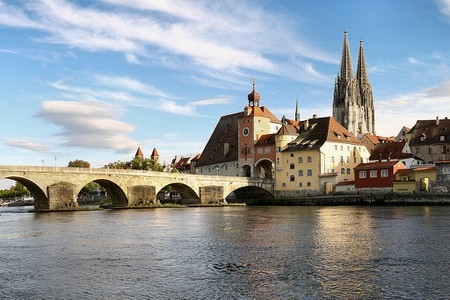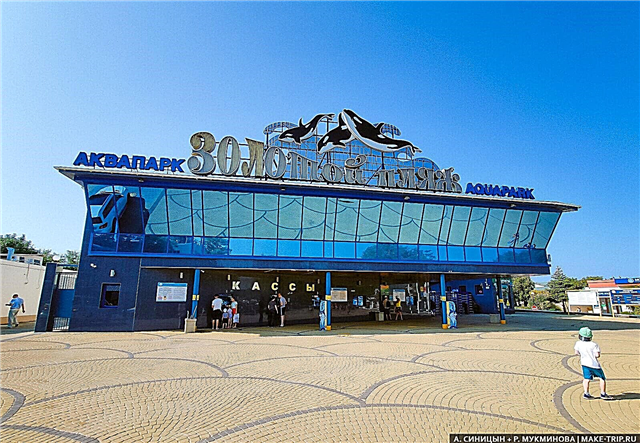Orthodoxy in the Kaluga region, as in the whole of central Russia, had a systemic importance. Since the Middle Ages, monasteries have been established here in honor of memorable events or on the basis of communities. For example, the Tikhonov Uspenskaya Hermitage appeared on the site of the Ugra. This military confrontation with the Great Horde marked the liberation and unification of Russia.
There are monasteries in the region with an amazing history. So St. Lavrentiev Monastery is closely connected with the biography of False Dmitry II. First, he took refuge here from his pursuers and rebuilt the walls and buildings in the semblance of a fortress, and then he was killed nearby. Along with the old monasteries, new ones appear, like the Feklina Hermitage, founded already in our century.
The most famous monasteries of the Kaluga region
Optina Hermitage
The monastery is independent of the local diocese and reports directly to the patriarch. Founded in the 15th century near Kozelsk. The desert was closed after the revolution, briefly made a museum, and then used for non-core needs. In the late 1980s, the monastery was returned to the Russian Orthodox Church. Life in the monastery gradually began to boil. 4 churches and the Vvedensky Cathedral have been restored. There are many other facilities on the territory, including a hotel for clergy.
Address: Kozelsk
Website: www.optina.ru

Tikhonov Assumption Hermitage
Located in the village of Leo Tolstoy. The date of foundation is 1485. The reason - standing on the Ugra - military action between the Russian army and the army of the Great Horde. From 1918 to the 90s, the monastery was closed. After restoration work and a series of reconstructions, the building of the monastery was recognized as a monument of historical and cultural heritage of local importance. In 2017, the country's first monument to Ivan III was unveiled in the skete.
Address: s. named after Leo Tolstoy, st. Soviet, 19
Website: svyato-tikhonova-hermitage.rf

Pafnutyev-Borovsky Monastery
The monastery was founded in 1444 on the outskirts of Borovsk. In the Soviet years, the valuables were taken out. Due to the fact that the territory was at the disposal of the museum for some time, part of the original design of the temples was preserved. One of the bells also survived, but due to its fragility, it was left in the museum. The religious site became operational again in 1991. The main relic is the relics of the founder of the monastery, who was elevated to the rank of saints.
Address: Borovsk, st. Dmitrova, 1
Website: www.pafnuty-abbey.ru

Nikolaevsky Chernoostrovsky Monastery
The exact date of the founding of the convent in Maloyaroslavets is unknown. Historians call the gap between the XIV and XVI centuries. During the reign of the communists, the monastery lost not only relics, but also its usual surroundings. Gradual restoration began in the 90s. A shelter for girls is open at the monastery. The local choir is famous not only in Russia, but also in Europe, as it travels there for performances.
Address: Maloyaroslavets, st. Kutuzov, 23
Website: stnikolamon.ru

Savior of the Desert Not Made by Hands
The monastery was first mentioned in 1829. Subsequently, part of the brethren from the monasteries ravaged by the Bolsheviks moved to the village of Klykovo. Deserts have existed in their current form since 2001. The development of the territory continues. The main church, a three-tiered bell tower, cells for the brethren have already been built. The monastery receives pilgrims, conducts educational activities and patronizes the Kozelsk children's center.
Address: s. Klykovo, st. Monastyrskaya, 33
Site: klikovo.ru

Spaso-Preobrazhensky Vorotynsky Monastery
It stands on the banks of the Ugra, not far from its connection with the Oka. According to legend, in the past, there was a camp of the wives of the Tatar khans on the site of the present nunnery. The monastery is mentioned for the first time in 1511. It was abolished in the 18th century, and after the October Revolution, the churches that were still in operation were closed. The revival of the monastery was started only in the first years of this century. The restoration was complicated by the fact that the buildings sank into the ground.
Address: Kaluga, s. Spas
Site: spasnaugre.ru

Kazan Amvrosievskaya desert
Another name - Shamordinsky monastery - is given by the name of the village next to which it is located. Initially, a women's community was formed in this place in 1884. The first abbess of the monastery founded a little later was the schema-nun Sophia. After her death, she was included in the list of locally revered saints. The monastery was closed in 1923 and rebuilt in 1990. Now the territory of the monastery includes 22 buildings.
Address: s. Old Shamordino
Website: www.shamordino-m.ru

Gremyachev monastery
Located in the village of the same name, this area is nicknamed the "Holy End". The exact date of the foundation of the monastery is unknown, but it already existed in the 17th century. In the 30s of the last century, the monastery was closed. The icons were taken out by local residents, one of them returned to the temple in the 90s. Services began to be held at the same time, and monastic life was restored only in 2008. The shrines of the monastery are venerated icons and a particle of the relics of St. George the Victorious.
Address: s. Gremyachevo
Site: gremyachev.ru

St. George Meshchovsky Monastery
Dated to the end of the 15th century. Located in the village of Iskra. It was founded in honor of George the Victorious. During the Soviet years, the territory fell into desolation, among other things, the monastery cemetery was destroyed. Although the buildings had to be restored almost from scratch, this painstaking work was undertaken in 2001. The main achievement is the reconstruction of the Peter and Paul Cathedral in a form close to the original.
Address: Meshchovsk, st. Monastyrskaya, 1
Site: sgmmm.ortox.ru

St. Laurentian Monastery
The Kaluga Monastery was founded in the 16th century. Rebuilt into a military fortification by False Dmitry II. The impostor died near these places. The monastery was destroyed in 1929, and restoration work has been underway since the 90s. Particular attention is paid to the architectural heritage of the Church of the Nativity of the Blessed Virgin Mary. Currently, the monastery has the status of a cultural heritage site of federal significance.
Address: Kaluga, st. Wide, 49
Site: splavrenty.ru

Sharovkin Assumption Monastery
The convent of the village of Ilyinskoye has existed since the 16th century. It was closed after the revolution and gradually turned into ruins until the 90s. The main shrine is the "Blessed Heaven" icon. Relics - particles of relics and a crucifix with a particle of the Life-giving Tree of the Lord's Cross and a stone from Golgotha. The Assumption Church is in disrepair, funds are being raised for its restoration.
Address: s. Ilyinskoe
Site: sharovkin-monastir.ru

Holy Dormition Ferapontov Monastery
The monastery was founded in the 15th century by a disciple of Sergius of Radonezh. Currently it belongs to the village of Borovensk. Another name is Ferapontova hermitage. Local temples were popular until their closure in the 30s. Since 2007, restoration work has been underway, but the area is so in decline that grass grows on the roofs of rare buildings. The development plan promises not only religious sites on the territory, but also an extensive park.
Address: village Borovensk
Site: vk.com/ferapontov_mon

Feklina deserts
Named in honor of the First Martyr Equal to the Apostles. The monastery was founded in 2016 in the village of Senino-2. More than 10 years earlier, a women's community had been founded here. The territory of the monastery includes 2 temples. There is also a large farm: vegetable gardens and orchards, an apiary, places for keeping livestock. The monastery has a building where elderly and sick nuns live, who need care. The main relic is the miraculous icon "Three-handed".
Address: village Senino-Pervoe, st. Central
Website: www.fekla-mon.ru

Kazan monastery
The Kaluga women's temple emerged from a small community after the Time of Troubles. Initially, he did not even have his own temple. The monastery developed until 1922. The second birth is dated by the 90s. Now there are three churches on the territory of the monastery, services are held in the home church in honor of the icon of Our Lady of Kazan. The sisters are engaged in social work, helping disabled children and their families.
Address: Kaluga, per. Monastyrsky, 1
Site: spasnaugre.ru

Krestovsky monastery
It has been located within the boundaries of Kaluga since the 70s of the last century.It was abolished in 1924, some of the buildings and buildings were dismantled, some were transferred for non-core use. The remaining premises had changed so much over the decades that nothing reminded of the monastery. It began to be restored in 2006. The first was equipped with a house church. The Kupina educational center is now operating at the monastery.
Address: Kaluga, st. Freedom Field, 65 A


